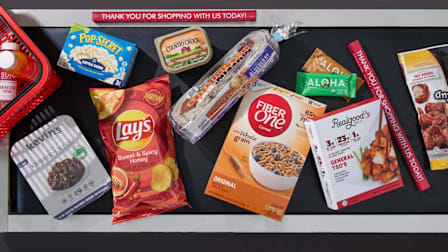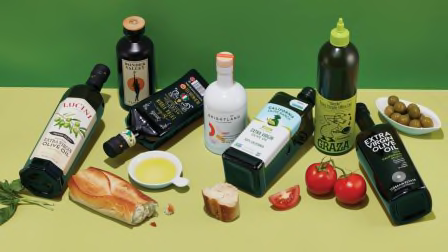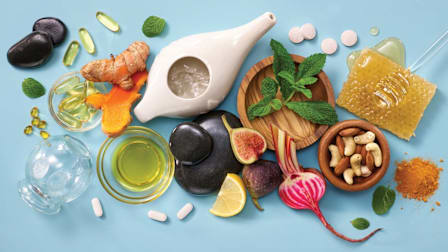‘Triple-Washed’ and Other Labels on Packaged Salads Explained
The different claims on bags and boxes of lettuce can be confusing. Here's how to know which ones to trust.

Have you taken a look at packaged salad labels lately? The containers are covered with claims about how they’re grown and the nutrients they contain. But it’s not always clear what the claims mean. “The government requires that labels on food be truthful and not misleading, but it doesn’t have regulated definitions for many of the claims,” says Brian Ronholm, director of food policy at CR.
Here’s a primer on those we came across most often in a review of labels on packaged salads.
Regulated Claims
Country of origin: Perishable produce, including greens, must be labeled with the name of the country where it was grown.
USDA Organic: To carry this label, greens must have been produced on certified farms that follow defined organic procedures, such as not using synthetic fertilizers or most synthetic pesticides.
Unregulated Claims
Triple Washed. The FDA doesn’t require greens to be washed, but most, even unpackaged ones, get a rinse. Triple-washed or ready-to-eat greens typically are rinsed to remove dirt, debris, and grit, then washed in water that contains chlorine or another sanitizer, and finally rinsed. But this doesn’t necessarily get rid of the bacteria that can cause food poisoning. The washing process can remove up to 99 percent of harmful bacteria, such as E. coli O157:H7, on contaminated greens, but even the small amount that remains can make you sick. That’s in part because disease-causing bacteria can get inside the leaves of the greens as they’re growing when tainted water taken up by the roots is dispersed throughout the plant. What’s more, surface bacteria can adhere stubbornly to the wrinkles and grooves in the leaves.
Pesticide-Free: There’s a lot of potential for ambiguity with this claim. Does it mean that no pesticides were used in the production of the greens or that there is no pesticide residue remaining on greens that were produced with the use of the chemicals? There’s no real way to know. If you want greens grown without harmful pesticides, opt for those labeled USDA Organic.
Date harvested and/or region where grown: The FDA suggests that growers of romaine lettuce (which has been involved in several E. coli outbreaks) label their product with this information so that the lettuce can be more easily traced in the case of an outbreak. But this is voluntary and doesn’t apply to all leafy greens.
Hydroponically Grown/Hydroponic: Generally speaking, this means that the greens were grown in a greenhouse using a nutrient solution instead of soil, but no federal government agency regulates the term.
Non-GMO: This claim may be true, but it’s not all that meaningful. There are no genetically modified greens (including lettuce, spinach, and kale) on the market, so no greens are GMO.
No Preservatives/Free From Artificial Ingredients: Most fresh produce doesn’t have preservatives or artificial ingredients, so the claim may be true but it doesn’t set the labeled product apart from other ones.
Editor’s Note: This article also appeared in the March 2020 issue of Consumer Reports magazine.




















